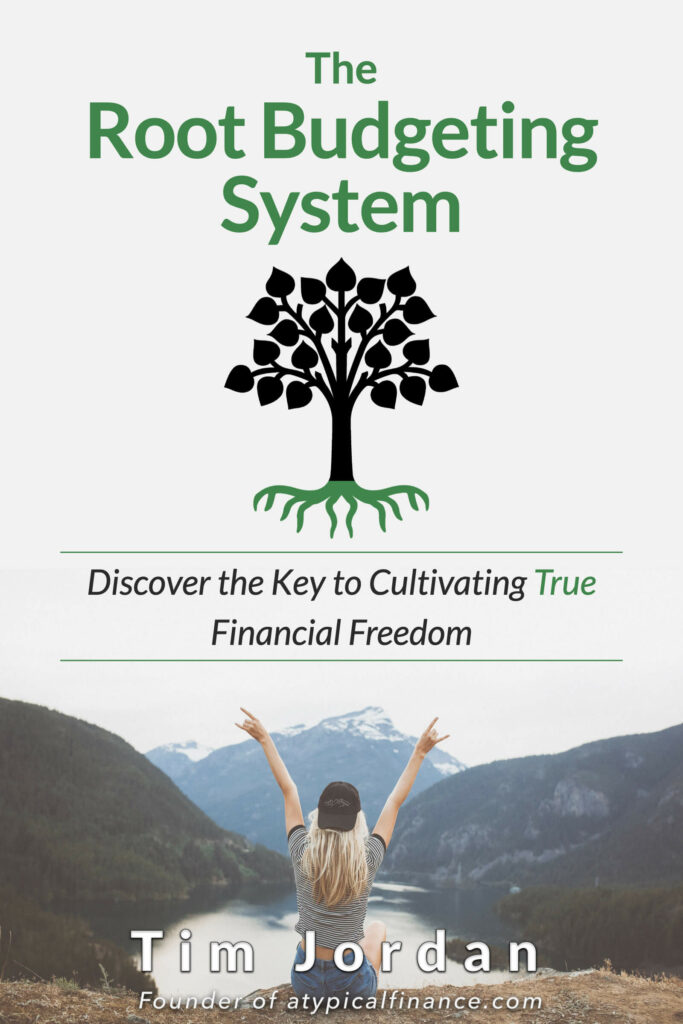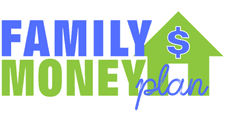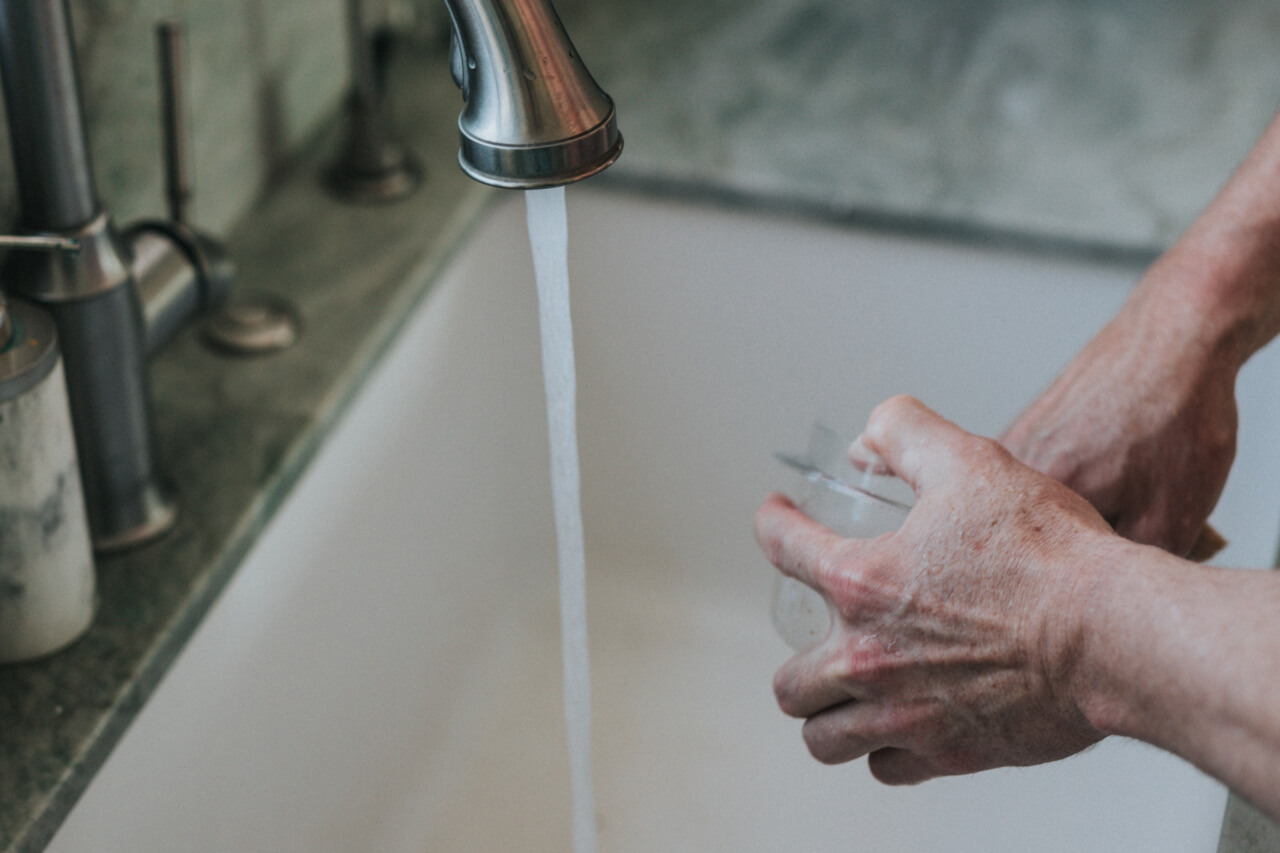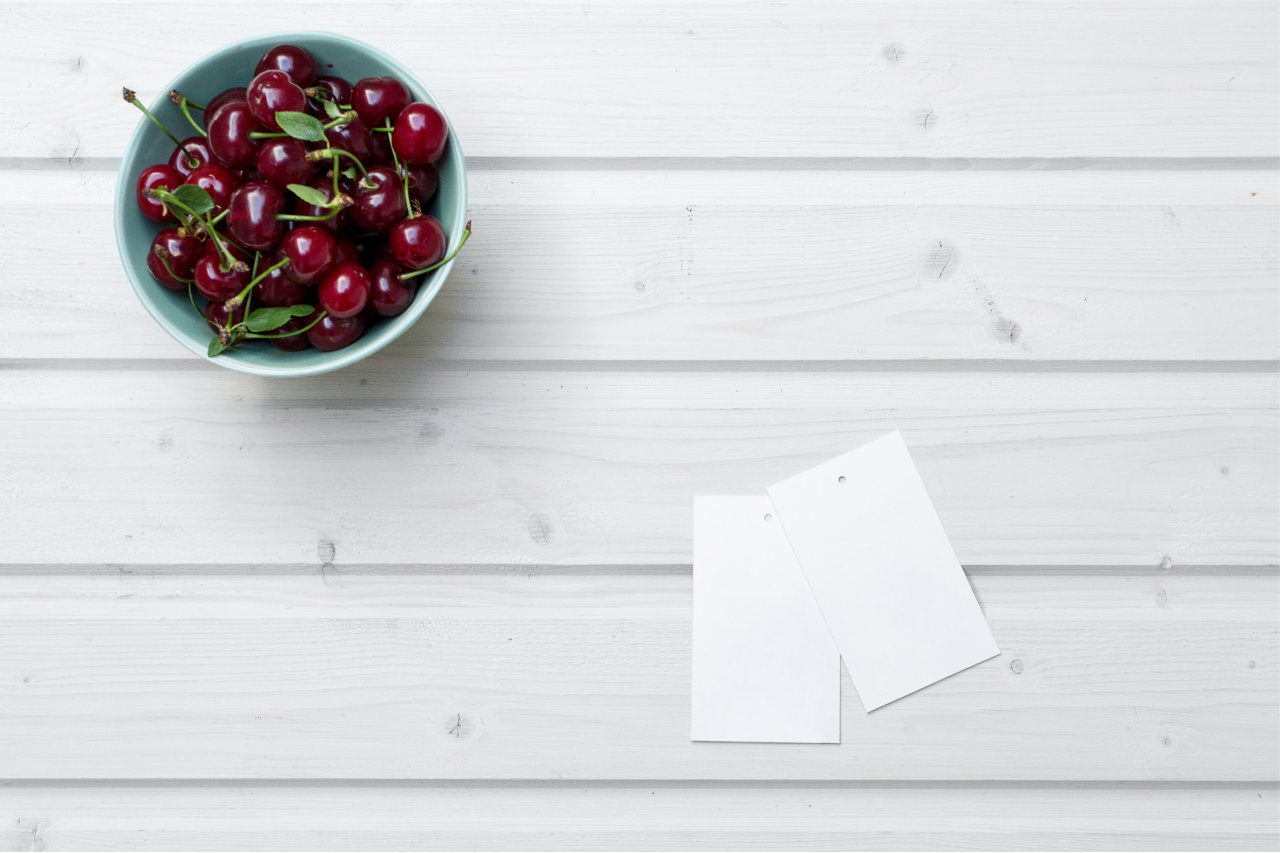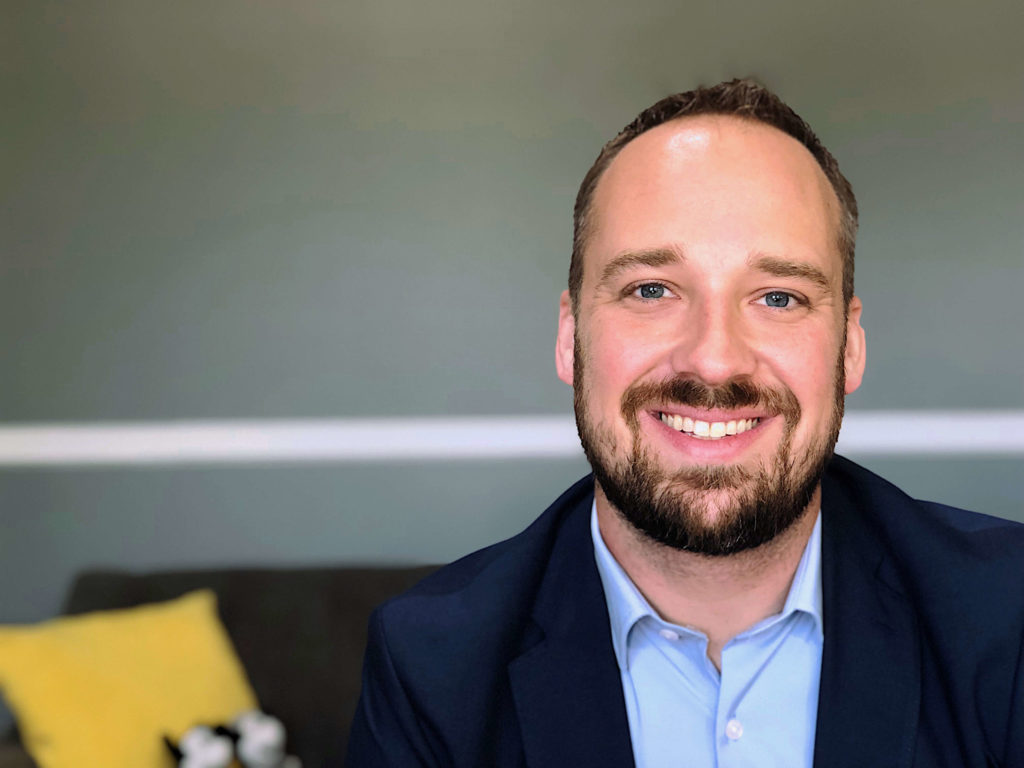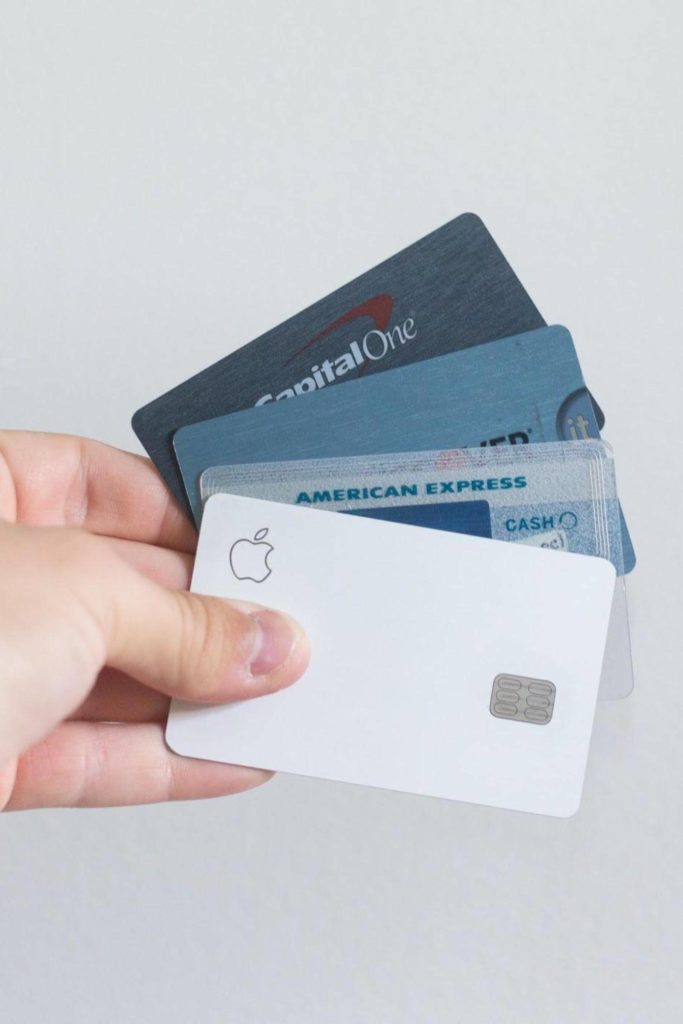Have you listened to any pop music recently? Some songs can sound very much the same so you can’t really tell what artist is singing it. Other songs sound vastly different even though it’s still considered pop music.
Pop music these days can mean a variety of things but it generally refers to music that is the most popular at the time. The term in its modern usage originated in the 1950’s when jazz and big band standards were the most popular.
This means that the likes of Frank Sinatra, Tony Bennet, and Ella Fitzgerald were all considered pop artists at one point rather than big band like they are today.
Pop music in the 1950’s all sounded similar but each artist had their own unique stylings. This is similar to how it is today.
Even some of the most unique pop music sounds similar to “normal” pop music. Why? Because there are always certain aspects of pop music that can be considered “the essentials.”
A basic foundation is laid so a pop song will actually sound like pop. This can include a catchy hook or melody, a certain sound or beat to the drums, and generally simple lyrics.
What does this have to do with budgets?
Well, there are so many different budgeting methods out there that it only makes sense to create one that is going to work for you.
You want something unique like a unique pop song. However, just like with pop music, there are certain things that you’ll want to include no matter what budget you use.
That’s where the three pillars of budgeting come in.
These three pillars are three must-have items you will want to include in your budget no matter what your personalized version looks like.
They enhance the foundation of your budget and keep it sturdy as you continue to build your budget around who you are.
Let’s take a look at them.
Pillar 1: Automation
Have you ever wanted to make life easier? Maybe you want to not spend so much time doing some things with your finances. Automation is the key to all of your problems!
Okay, so I exaggerate a bit, but automating as much of your finances as you can makes sticking with your budget much easier.
I used to spend a bunch of time every month paying bills. I would sit down for about one to two hours at least twice a month and pay every. single. bill.
I would have to go to each individual company’s website just to pay the bill, so it took forever. Thankfully, I wasn’t writing checks!
Guess how much time I spend paying bills now? Zero time! Everything is automated and I love it!
Why didn’t I do this sooner? Well, I have a very good reason…
I. Have. No. Idea.
Simple as that. I have no idea why I didn’t do this sooner.
Automation not only saves you time but can save you money as well. When was the last time you had a late bill?
Credit card companies are especially notorious for charging a lot of money for late fees. Then, they are kind enough to raise your interest rate, too!
Automation lets you say goodbye to late bills.
There are three main areas in your budget that should be automated: your income deposits, your bills, and your main financial goal.
Automate Your Income Deposits
I don’t know what I did before direct deposit. Oh yeah! I actually went to the bank! What a waste of time, right? Automate your income deposits by signing up for direct deposit through your employer.
There are two main reasons for automating your income deposits.
First, you never have to go to the bank. This is especially valuable if you work “bankers” hours, or 9-5 Monday through Friday.
No more rushing to get to the bank before they close.
Second, you get your money on payday. The beauty of direct deposit is that money is in your account the day you get paid.
You don’t have to wait to get to the bank and then wait some more for the paycheck to clear. It’s yours the same day you get paid.
Most employers offer direct deposit these days so have a chat with them to get your income deposits automated.
Automate Your Bills
Automating your bills is the key to never having to pay late fees again. And you do not have to spend the time to actually pay the bill online, or worse yet, mail in a check.
You can automate your bills either by setting automation up through each individual portal or by going through your bank’s bill pay system.
This takes a little bit of time up front but literally no time after that. It’s so worth it.
Streaming services like Netflix, Apple Music, or Disney+ don’t even give you an option at this point.
As soon as you sign up for the service, it is automatically taken out each month.
It’s a beautiful thing and I highly recommend implementing this into the rest of your bills.
Automate Your Main Financial Goal
The last area you should automate is your main financial goal. I don’t want to call this your savings goal, retirement goal, or any other specific financial goal for two reasons.
First, you may be in a place where you are doing well with saving for retirement and can handle some short-term goals as well. You may be shooting for two or three different goals. That is absolutely possible with automation.
The second reason is because I do not know what your goals are. What I do know is that they are probably different from mine.
Whatever your main goal is, automate it.
If your goal is to save $20,000 in three years, calculate how much you have to put into savings each paycheck, and then set up an automatic transfer for the day you get paid so you never see that money in your checking account.
Whatever your goal is, figure out how to get there, and then make investing in that goal automatic.
Do not rely on willpower or motivation or anything else to get there. Take yourself out of the equation and set up automation to invest in your goal.
Essentially, what you are doing is treating your financial goal as a bill.
Treating it as a bill means it has to be paid just like any other bill except you are paying yourself by going after whatever goal is on your mind.
Pillar 2: Tracking Your Spending
Tracking your spending is like the GPS of Personal Finance. It shows you where you’ve been, where you’re going, and keeps you on track.
Imagine trying to get to a brand new location without directions or GPS. Not tracking your spending is like having a destination but not knowing how to get there.
Now imagine setting yourself a lofty goal to pay off $20,000 in debt in two years. That’s $833 each month.
You go along paying that amount not realizing that you can really only afford to be half as aggressive according to your expenses. You can only afford $433 a month toward debt.
Now, that extra $400 a month is being financed with more debt. You get to the end of those two years and you realize you’re only halfway to your goal because you now have almost $10,000 in debt that you racked up by paying too much.
Imagine how frustrating that would be!
Tracking your spending is like a GPS showing you the quickest way to the life you want and to reaching the goals that you are striving for. It gives you the data you need to determine if you are spending too much or too little.
Use an App
One thing we want to look for when tracking our spending (or in any area of Personal Finance) is ease. I prefer a budgeting app.
I have used Dave Ramsey’s EveryDollar, Mint, Personal Capital, Quicken, Banktivity (back when it was iBank), a few obscure Mac Apps, and my current favorite tool, You Need a Budget.
At $99 a year, it has more features than free apps but is also flexible enough to not force me to budget in a way that doesn’t make sense for me.
No matter what app you choose, you will want to make sure it has these functions:
- The ability to connect directly to your accounts
- The ability to enter your transactions manually
- The ability to create and manage your own categories
- The ability to match your transactions manually (if necessary)
- A mobile app for doing this all on the go while having your budget at your fingertips
Try them out, see if they work for you, and then go all in.
Most apps will have a little bit of a learning curve, but there are usually tutorial videos you can find to help out. (You Need a Budget has a great knowledge base!)
You also have the option to use a spreadsheet if you’re into that. The point is to make it easy for you to track your finances so do what works best for you.
Pillar 3: Emergency Fund
Imagine that feeling of already having every cent to pay for that unexpected expense.
That feeling of comfort—that lack of stress—is exactly why you need an emergency fund.
It should be a non-negotiable part of your personal finances, which is why it is our third pillar.
An emergency fund will:
- keep your savings plan from derailing when life happens;
- protect you when you have a truly unexpected expense;
- keep your get-out-of-debt plan on track when something comes up;
- help you sleep at night because everything is taken care of;
- keep your stress level in check when things are not looking so well; and
- prevent you from needing to rely on credit cards or loans for getting out of a financial jam.
To put it bluntly, there is no downside to having an emergency fund—but that doesn’t mean we have to follow the typical, blanketed money advice of having 3 to 6 months, a year, or even three years or more in the bank.
I define a budget simply as:
“a living and breathing plan for your money so you do not spend too much or too little.”
Since an emergency fund is a pillar of your personal budget, it falls under the same rule of not having too much or too little.
That’s right. An emergency fund is a key part of your budget, but it should also be personalized and reflect where you are in life and where you want to go.
I’ve gone in-depth on how to create your personal emergency fund before, but the gist of it comes down to asking yourself three questions.
- How much extra money do I already have per month? If you’re living paycheck to paycheck, you may want to stash a little bit larger of an emergency fund because it may take you a little longer to replenish it. If you have somewhere north of $1,000 extra each month, your emergency fund may not need to be as high.
- What is the likelihood I will have a financial hardship? Consider how secure your job is, how young you are, how healthy you are, if someone is going to propose to you and you might need to channel money to a wedding, etc. If you have kids, you may need a little bit more.
- What’s the smallest emergency fund I feel comfortable having? This is what it all boils down to. How comfortable are you with the amount you have to take on a financial emergency? Do you feel comfortable having only $1,000 in the bank, having a year’s worth of expenses in the bank, or somewhere in between? Do what works best for you and stop letting people tell you why you’re wrong.
An emergency fund is a necessary part of your budget, but it should be personalized to meet your needs and situation. The bottom line is to make sure you have one.
Everything Has a Foundation
When you build a house, there’s always a foundation. There are other things in a house that are must-haves as well. Doors, windows, and walls are all things that come to mind. Without these, it wouldn’t be considered a complete house.
You won’t have to worry about any of these must-haves making your budget less personal either.
Consider all of the different cars being made right now. There are many different styles of cars but they all have the basics—an engine, doors, a body, etc.
Without these, you won’t have a car but having them does not detract from the personal feel of a car.
Without these three must-haves, your budget won’t function as well as it should.
Automation makes your budget a lot easier to stick with and saves you time and money.
Tracking your spending will show you how to reach your goals in the best and fastest way possible. It’s like a GPS for your money.
And an emergency fund will keep you from derailing if an emergency comes up.
Implement these pillars and you’ll be amazed at the strength of the foundation of your budget.

